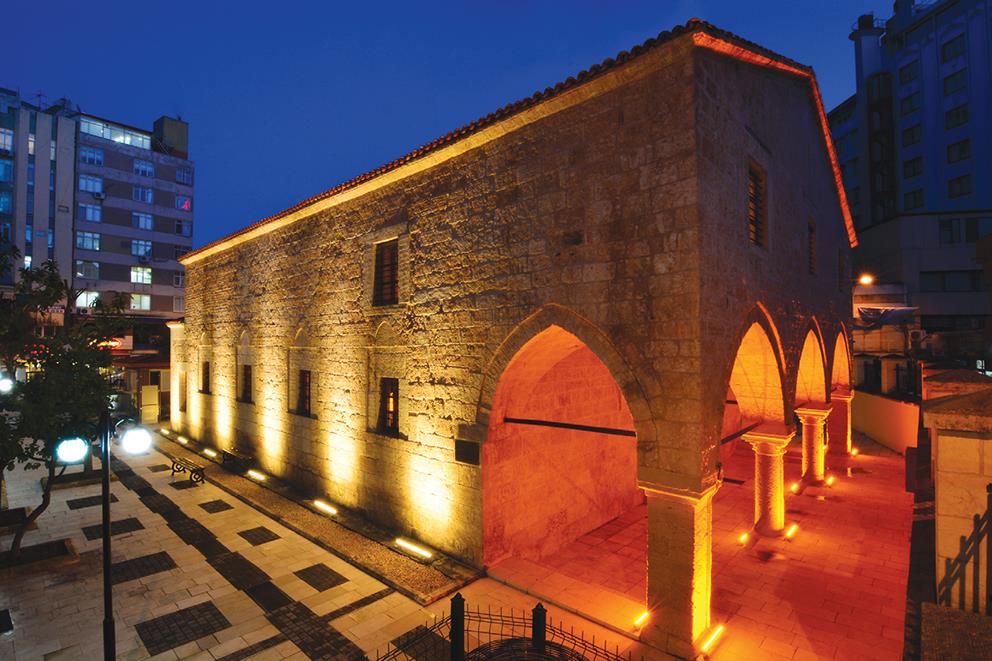Kuruköprü Memorial Museum and Traditional Adana House is one of the significant structures reflecting Adana’s historical, cultural, and architectural heritage. Serving both as a museum complex and a cultural landmark, it has fulfilled various functions from the past to the present.

Kuruköprü Memorial Museum and Traditional Adana House (Türkiye Turizm Portalı)
Tanzimat Edict and the Church's Construction
The Tanzimat Edict, proclaimed in 1839, granted new rights to non-Muslim communities within the Ottoman Empire. Among these were the rights to build places of worship and to organize religious communities. During this period, as in many parts of Anatolia, several churches were built in Adana. One of them, the Adana Greek Orthodox Church, was constructed in 1845 by the Greek Orthodox community.
Architectural Features of the Church
The building has a rectangular plan oriented east–west on the exterior, and a three-naved basilica layout on the interior. Above the rectangular entrance door on the southwest façade, a triangular pediment contains a sun (light) symbol. The iron double-winged door is divided into square and rectangular panels, each decorated with floral motifs. Between the entrance and the upper arch, column capital-style ornaments are visible. The Greek inscription above the western door confirms the church’s construction date as 1845.
The Beginnings of Museology in Adana
Museological activity in Adana began in 1924 with the establishment of the “Ancient Artifacts Museum.” The first museum director was Halil Kâmil Bey, known by the nickname “Alyanak.” Initially housed in the Cafer Ağa Madrasa, the collection was later moved to the Greek Church of Adana after the madrasa became unsuitable for use.
Founding of the Ethnography Museum
In 1937, under Museum Director A. Rıza Yalgan, the institution gained ethnographic artifacts, establishing the Ethnography Museum alongside the existing Archaeology Museum. He also initiated Türkiye’s first open-air museum concept here.
Changing Functions of the Building
From 1950 onward, the structure operated under the name “Adana Museum.” In 1972, with the relocation of the Archaeology Museum to a new facility, the building was repurposed as a storage depot. Following restoration efforts in 1983, it reopened as the Ethnography Museum.
Restoration and Current Role
In 2008, due to a major restoration launched by the Ministry of Culture and Tourism, the ethnographic collection was transferred to the Adana Archaeology Museum. Restoration began in 2013 and concluded in 2015. On April 7, 2017, the building was reopened to the public under its current name: Kuruköprü Memorial Museum and Traditional Adana House, as part of a mass opening ceremony.
Cultural Significance
The Kuruköprü Memorial Museum and Traditional Adana House is a multi-layered heritage site that embodies Çukurova’s archaeological and ethnographic legacy, integrating religious, cultural, and civic architectural elements. It transforms Adana’s historical identity into a visual and documentary experience, offering visitors a unique journey into the past.


